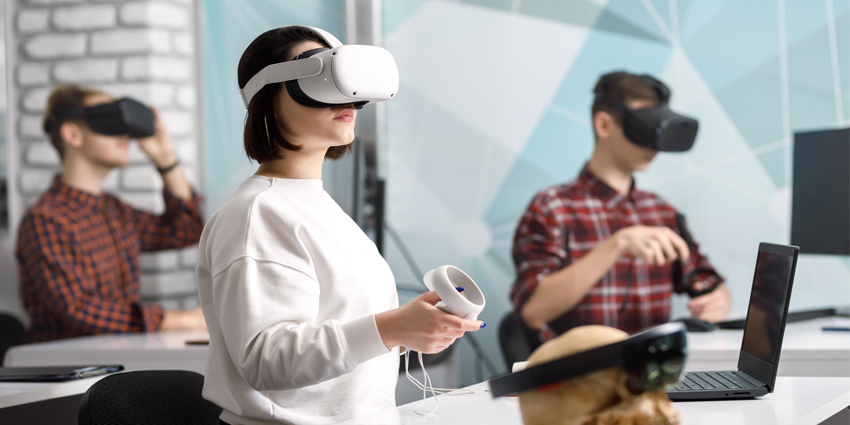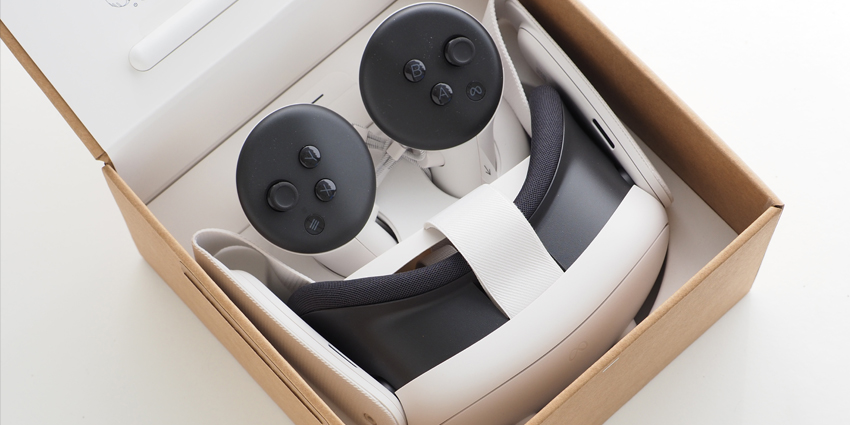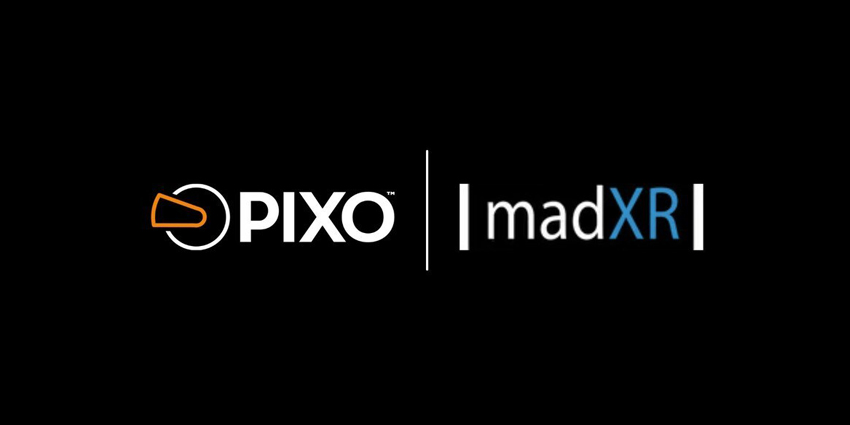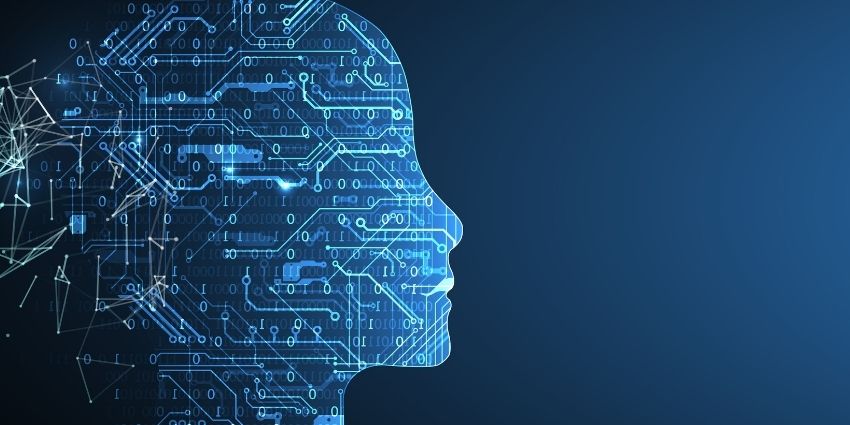Virtual reality (VR) is a foundational technology that could impact every aspect of how people perceive and experience the world, triggering measures from Meta CEO Mark Zuckerberg and other tech firms to begin developing their visions of the future spatial internet platform known as the Metaverse.
Just like the internet transformed how we collaborate, communicate, search for information, and visualize ideas, VR could also upend existing modes of operations.
One of the functions and industries that will see a major impact is design, and design practices have always transformed with the evolution of new technologies, from the rise of graphical tablets to cloud-based design platforms, and from 3D modeling and printing to accurate, realistic digital twins.
What is next for the design industry as VR technology becomes more sophisticated? Here’s a closer look at the future of VR.
Defining the Role of VR in Design
Virtual reality enables a fully immersive space that engages with a user on visual, audio, and sensory levels to deliver content and drive interactions.
VR technology essentially recreates lifelike experiences in a digital space, through 3D versions of real-world objects and a 3D rendition of the user, which is called an avatar.
This has major implications for design – indeed, for the entire architecture, engineering, and design (AED) industry as a whole.
VR in design may allow designers to eliminate the constraints they face in the real world.
For instance, it is not possible to turn a complex design mockup into a prototype in a few minutes in the physical world, but VR could allow designers to simulate a prototype in 3D, regardless of complexity or scale.
Also, it is not possible to make a prototype levitate in mid-air so that all the design stakeholders can stand around and share their observations, but since the laws of physics do not apply in VR, designers can interact with and manipulate prototypes in an infinite number of ways.
Basically, VR unlocks the following benefits for the design industry:
- Cost – It is much more affordable to simulate a 3D model than to 3D-print a prototype.
- Convenience – Modern VR headsets are accessible and cloud-based, requiring no added infrastructure.
- Collaboration – Multiple designers and project stakeholders can work together in a virtual space without having to travel or commute.
- Innovation – VR lets you visualize nearly any idea without any physical constraints.
- Safety – Designers can test different product configurations in VR, without worrying about the safety of actual human testers (e.g., in automotive design).
- Learning curve – Once designers become accustomed to VR technology, the user experience (UX) is simpler than having to learn complex design skills from scratch.
- Speed – All of these above factors help accelerate projects and bring about better business outcomes in a fraction of the time required by traditional design tools.
Examples of VR Transformative Potential in Design
Here are a few examples of how virtual reality is transforming design practices:
Horizon empowers designers to create a world within a world
Horizon is a VR collaboration solution from Meta Platforms Inc that includes apps for workplace collaboration, group events, and multi-player games, with Horizon Worlds specifically designed for VR content creators and designers.
Horizon Worlds offers a set of tools, templates, shapes, objects, sounds, and even code scripts so that designers can create VR experiences with very little configuration or administrative knowledge.
It even includes physics and animation properties so that the interactions seem natural and intuitive. Designers can also collaborate with each other in draft mode and then publish the VR world that they create for public use.
As long as they can imagine or visualize their ideas, Horizon Worlds provides them with a platform for expression and eventually, for content monetization.
Campfire is building an AR/VR solution for collaborative product design
Campfire is a startup that came out of stealth mode in 2021. It has recently raised $8 million to power its unique holographic technology aimed at helping designers create enterprise product designs.
Its’ Campfire Scenes feature provides designers with an environment where they can share files for quick reviews or presentations, essentially creating an automated collaboration workflow in VR.
Campfire’s solution also has a built-in Viewer, which is a file navigation system in VR, and also features a Campfire mobile phone controller that projects design files from a mobile phone to conference tables or desks as a hologram. Multiple stakeholders can sit around the table with their controllers and collaborate on product design.
Flipspaces brings VR to the interior design industry
Architecture and interior design is possibly one of the more obvious use cases for VR as it benefits from VR’s ability to deliver immersive experiences that mimic the scale and visual look-and-feel of the real world.
Flipspaces is capitalizing on this by providing a web-based platform where customers can share their requirements, view their options, and experience the available design choices in VR. As a result, virtual reality not only helps designers in the product development process, but also to drive sales.
The Challenges Potential of Using VR for Design
The use of VR in design is not without its downsides. The first challenge focuses on infrastructure as VR penetration worldwide remains low and is not comparable to the penetration of the internet and therefore, of web-based applications.
The second challenge would involve the state of VR industry’s maturity, as VR experiences can have an occasional bug, delay, or glitch, which may not significantly impact consumer scenarios.
Despite this, even minor issues like a delay in reflecting changes after you have made a design alteration could negatively impact VR design experiences and delay adoption.
According to a 2020 Grid Raster Survey, more than half of enterprises investing in VR (53 percent) are doing so for virtual design and product engineering purposes.
This indicates the pros of VR in design significantly outweigh the cons, and there is no doubt that it will continue to be a transformative technology for the industry.







